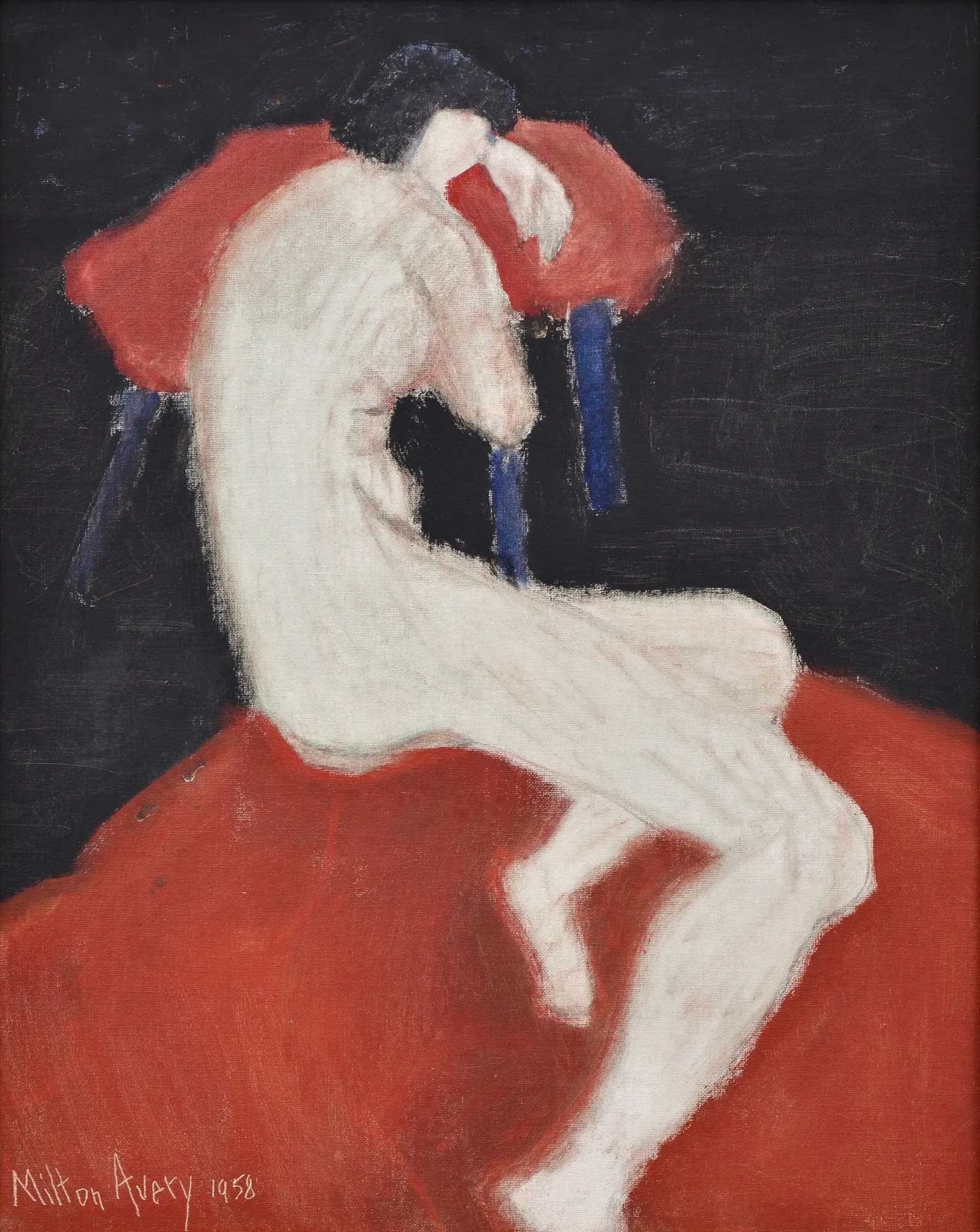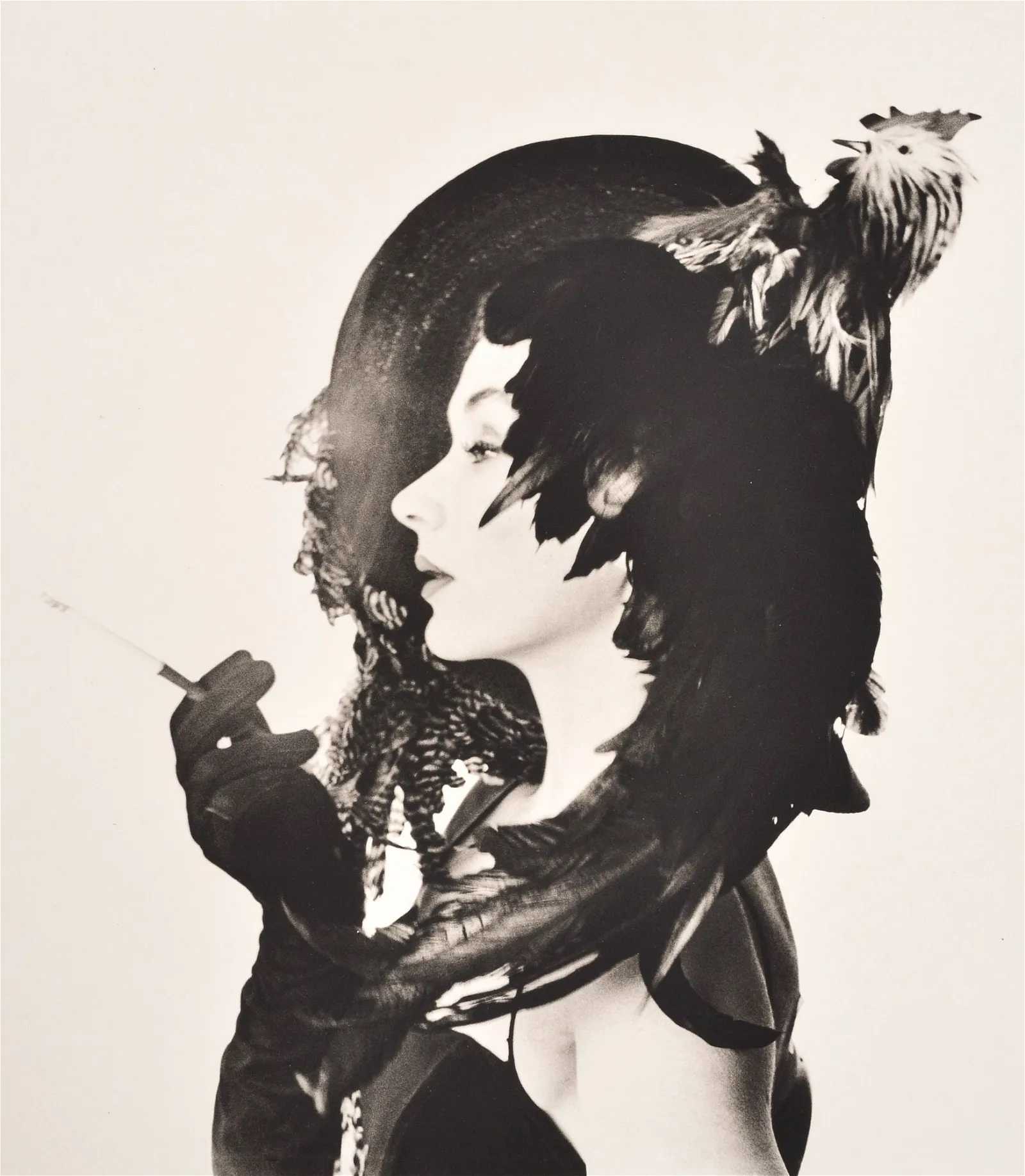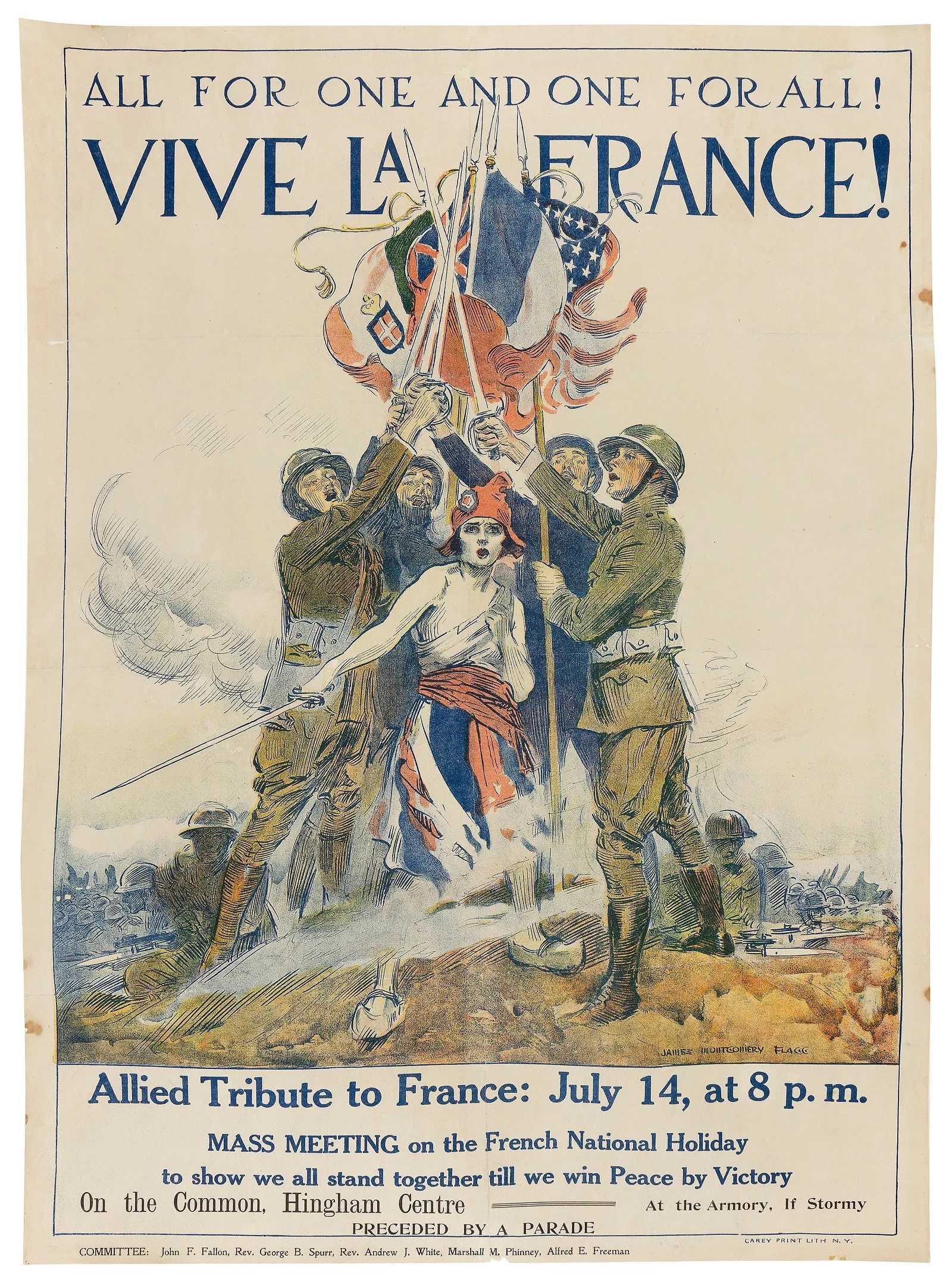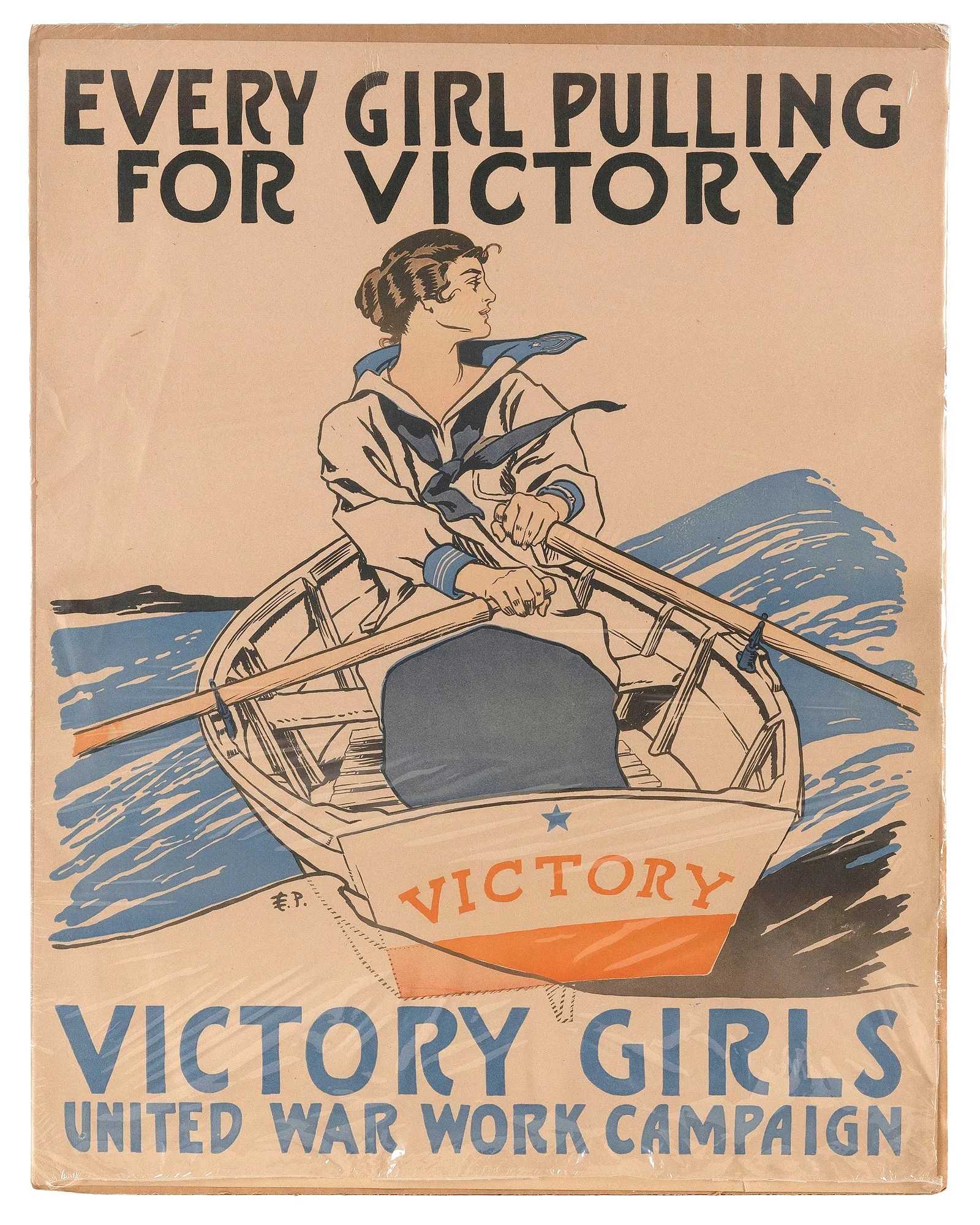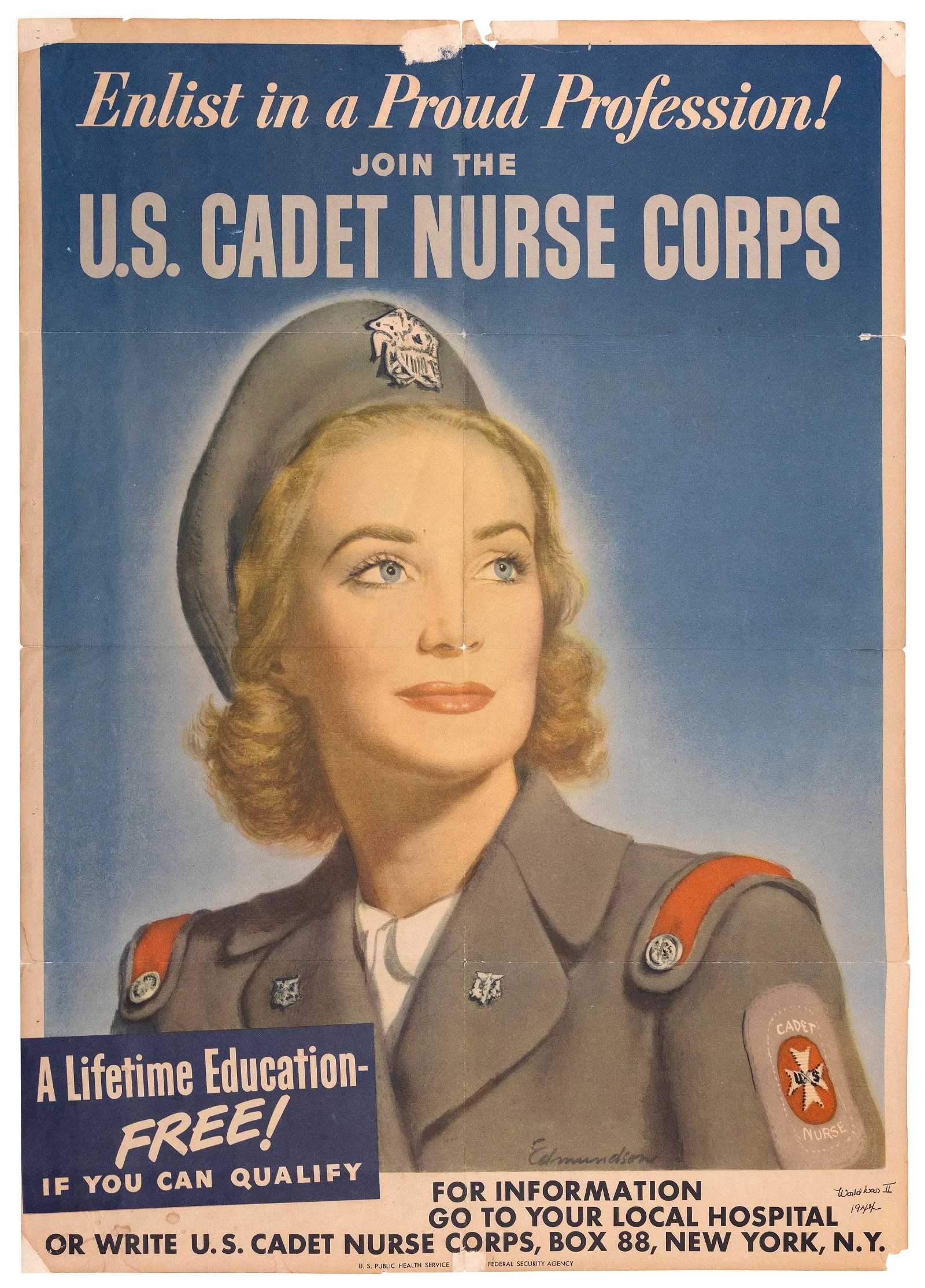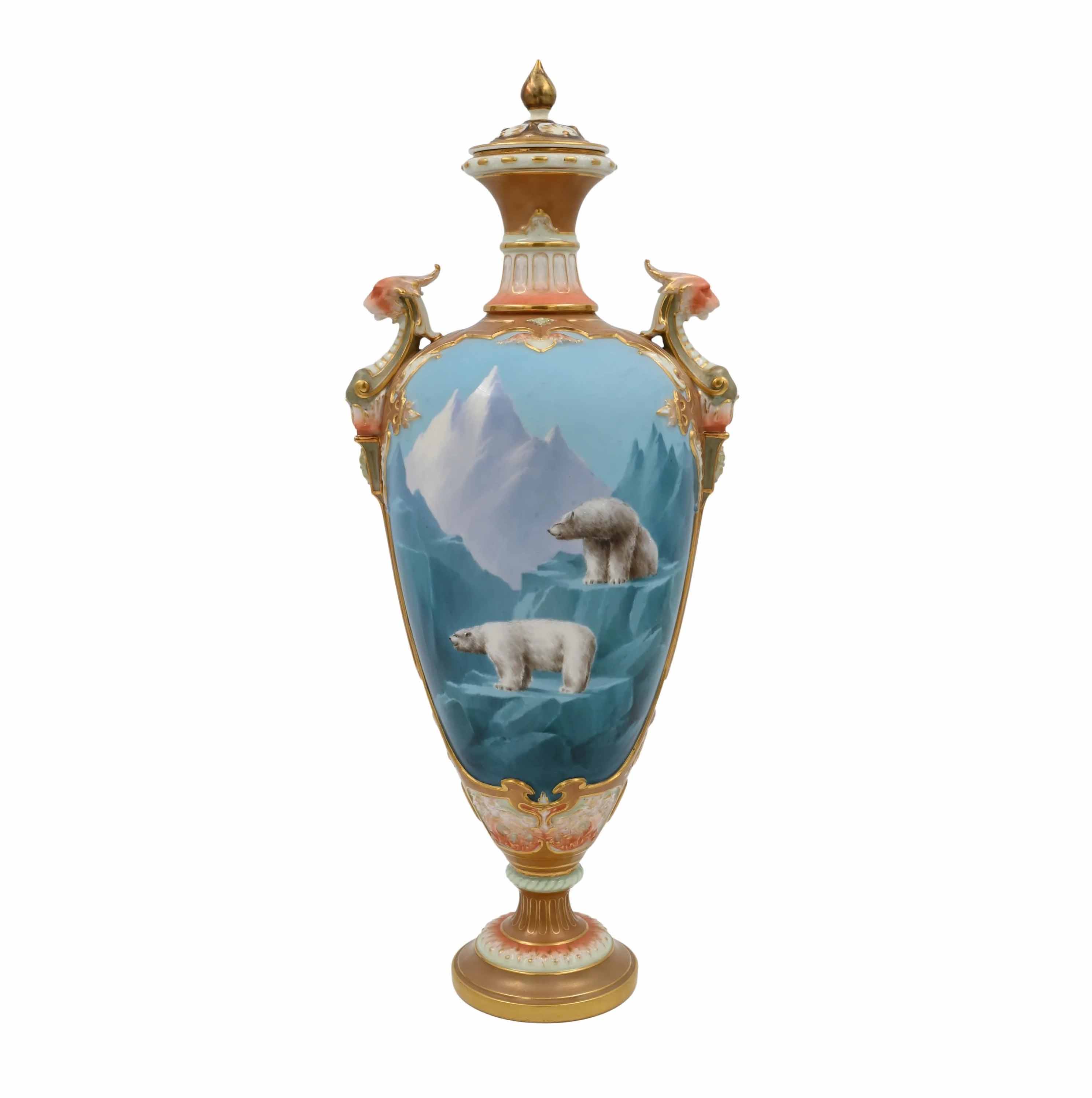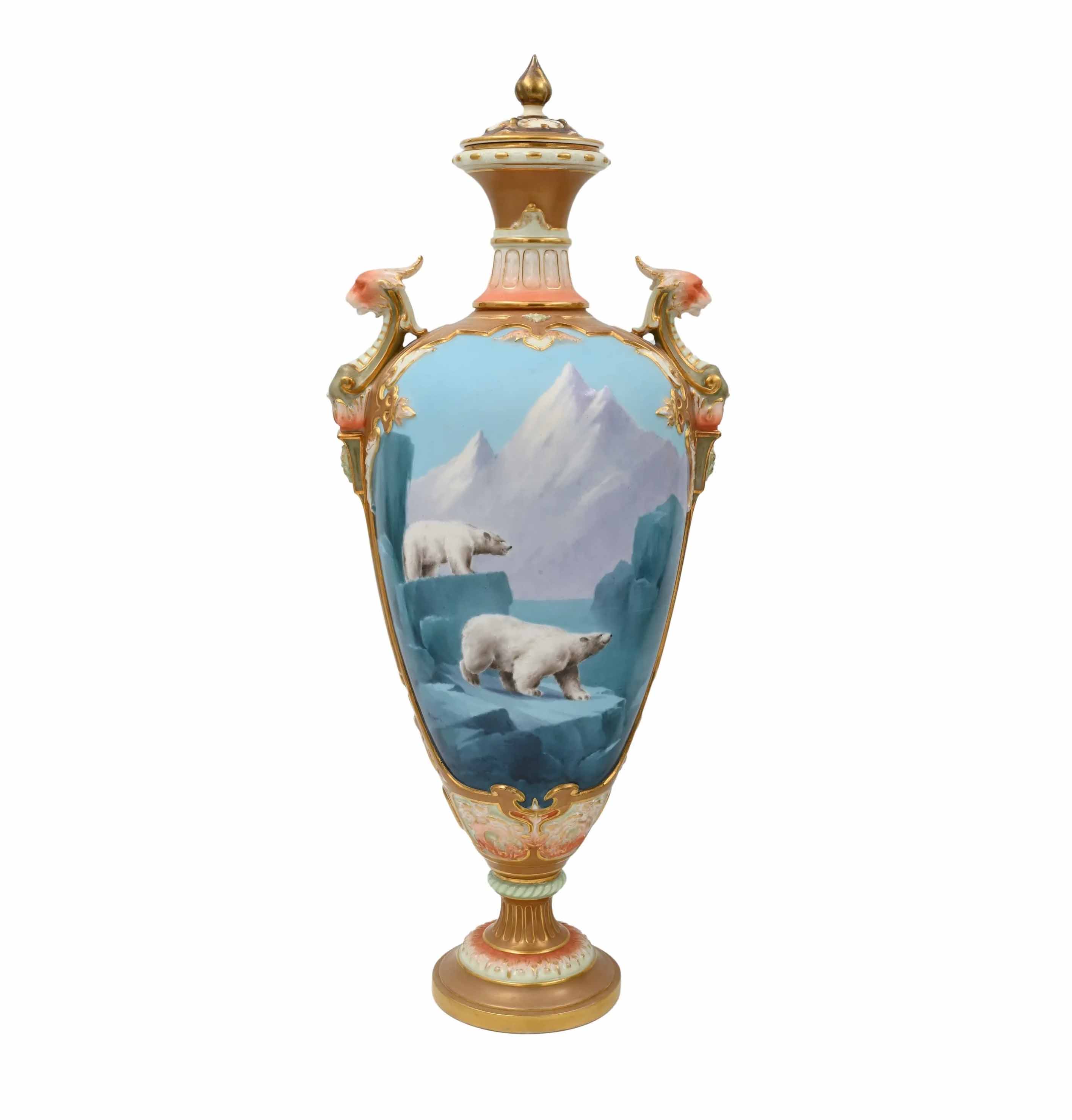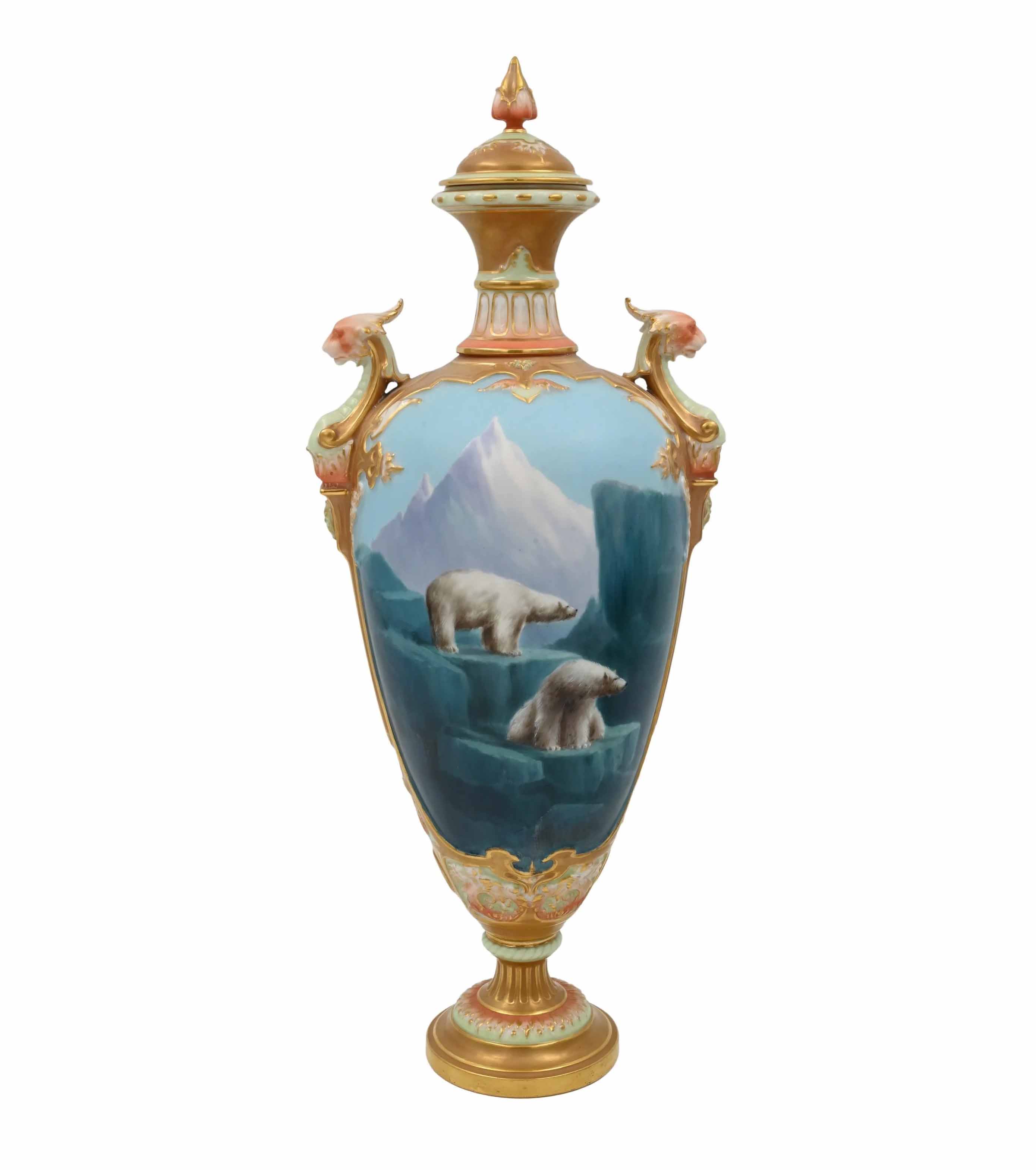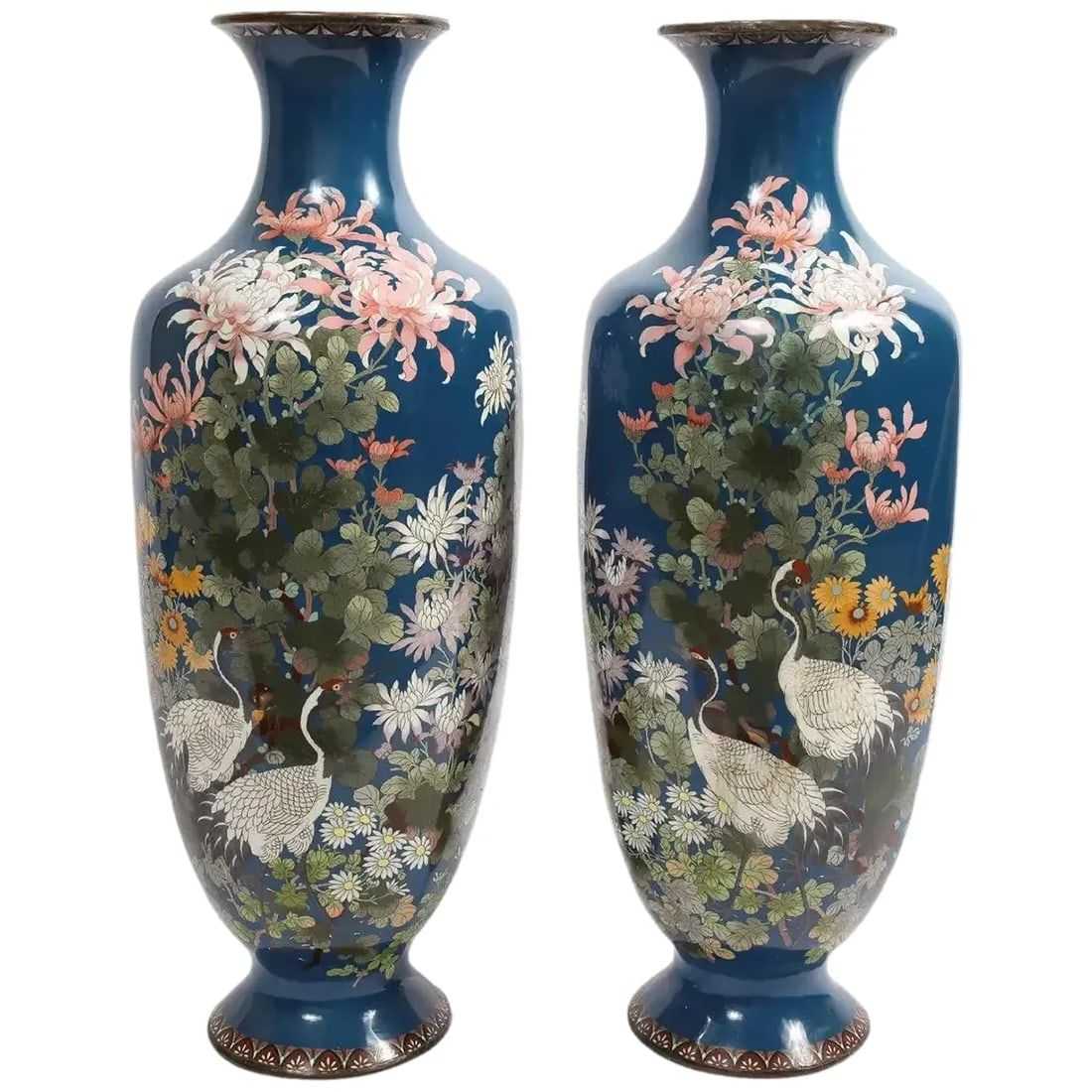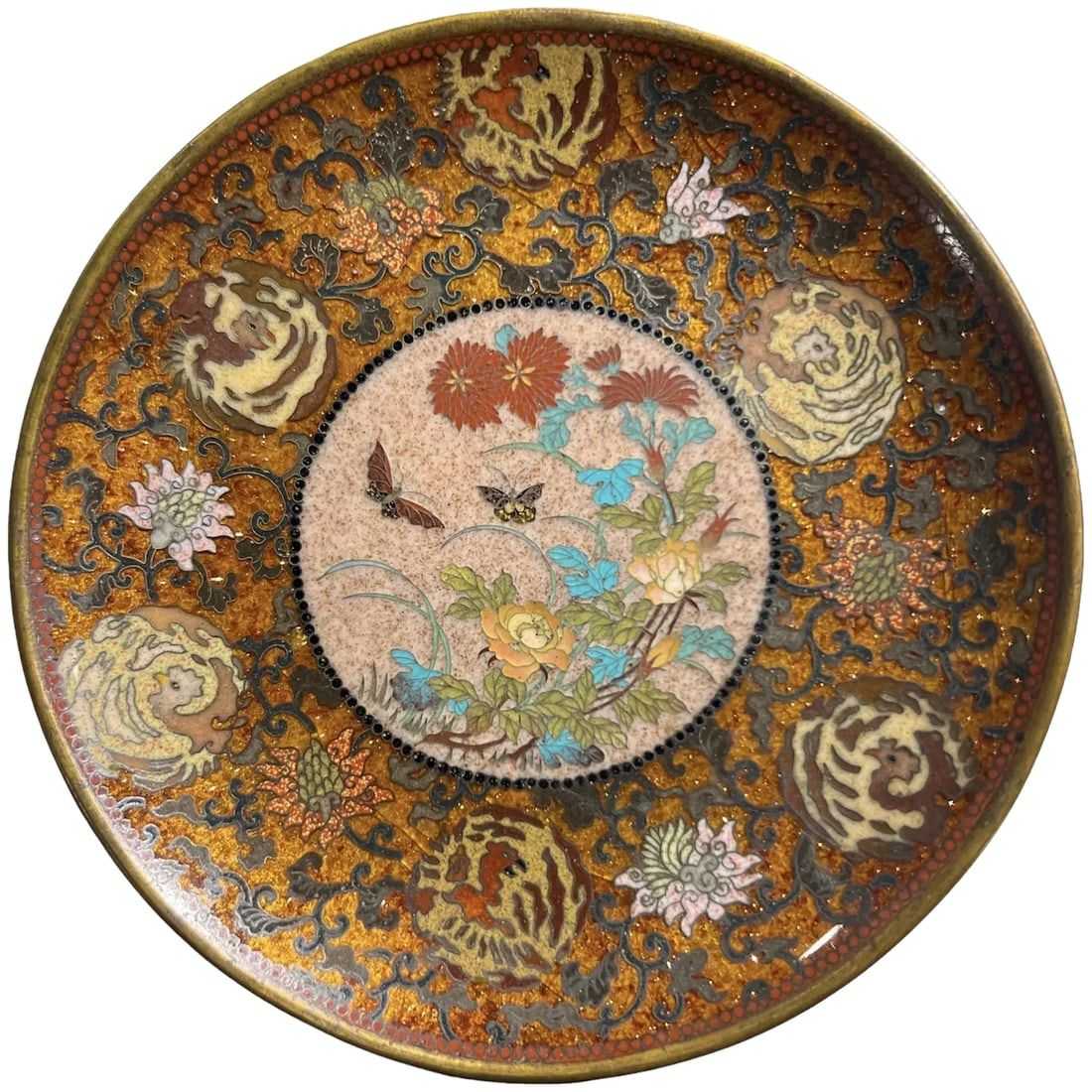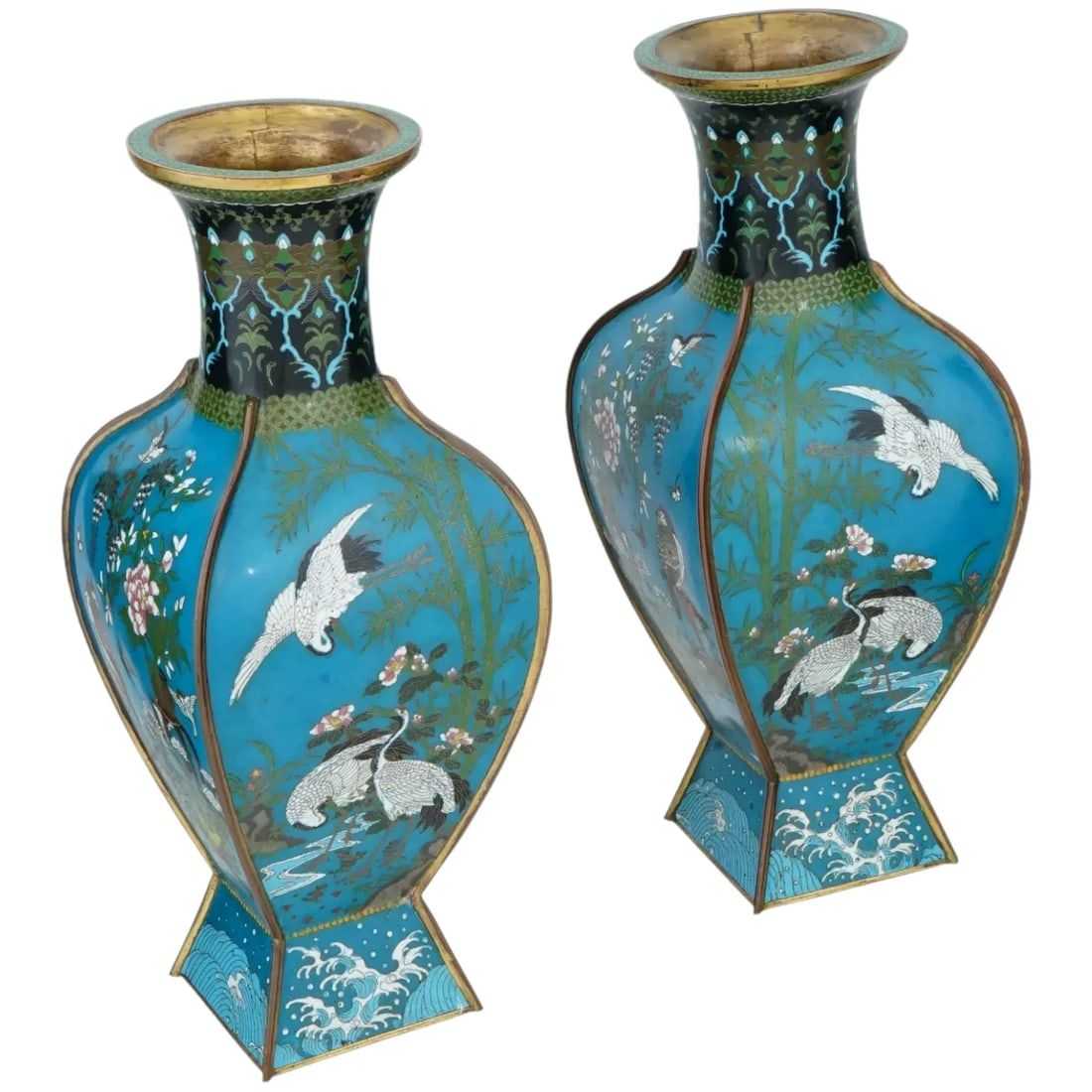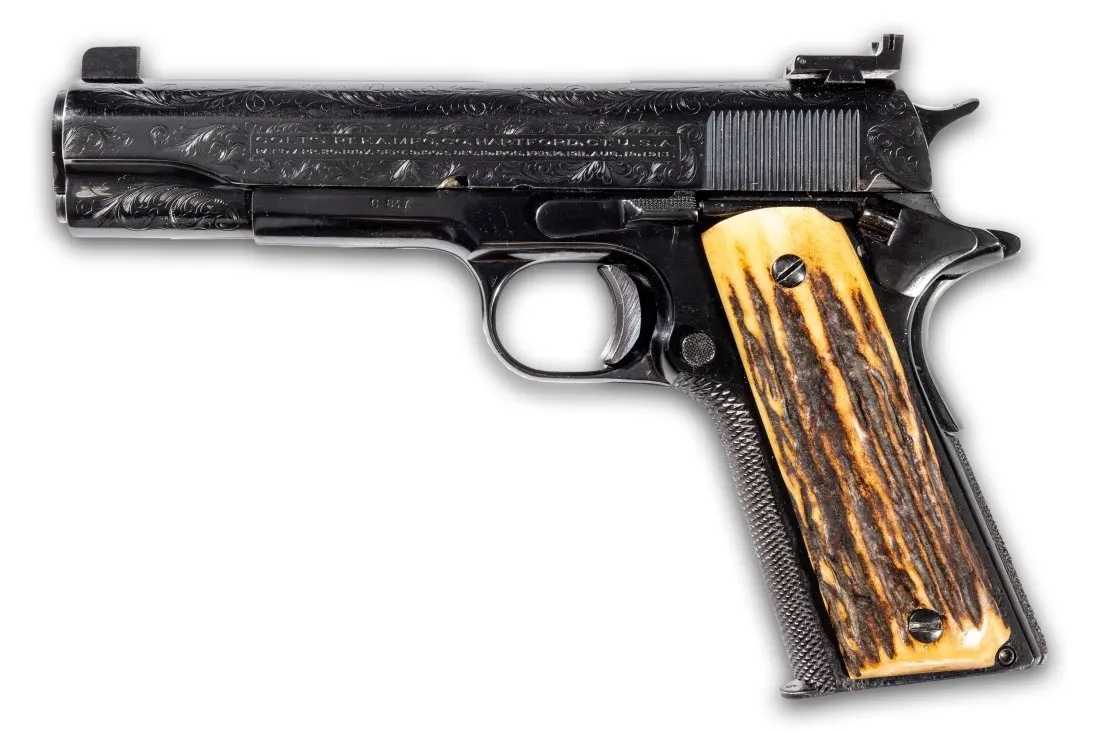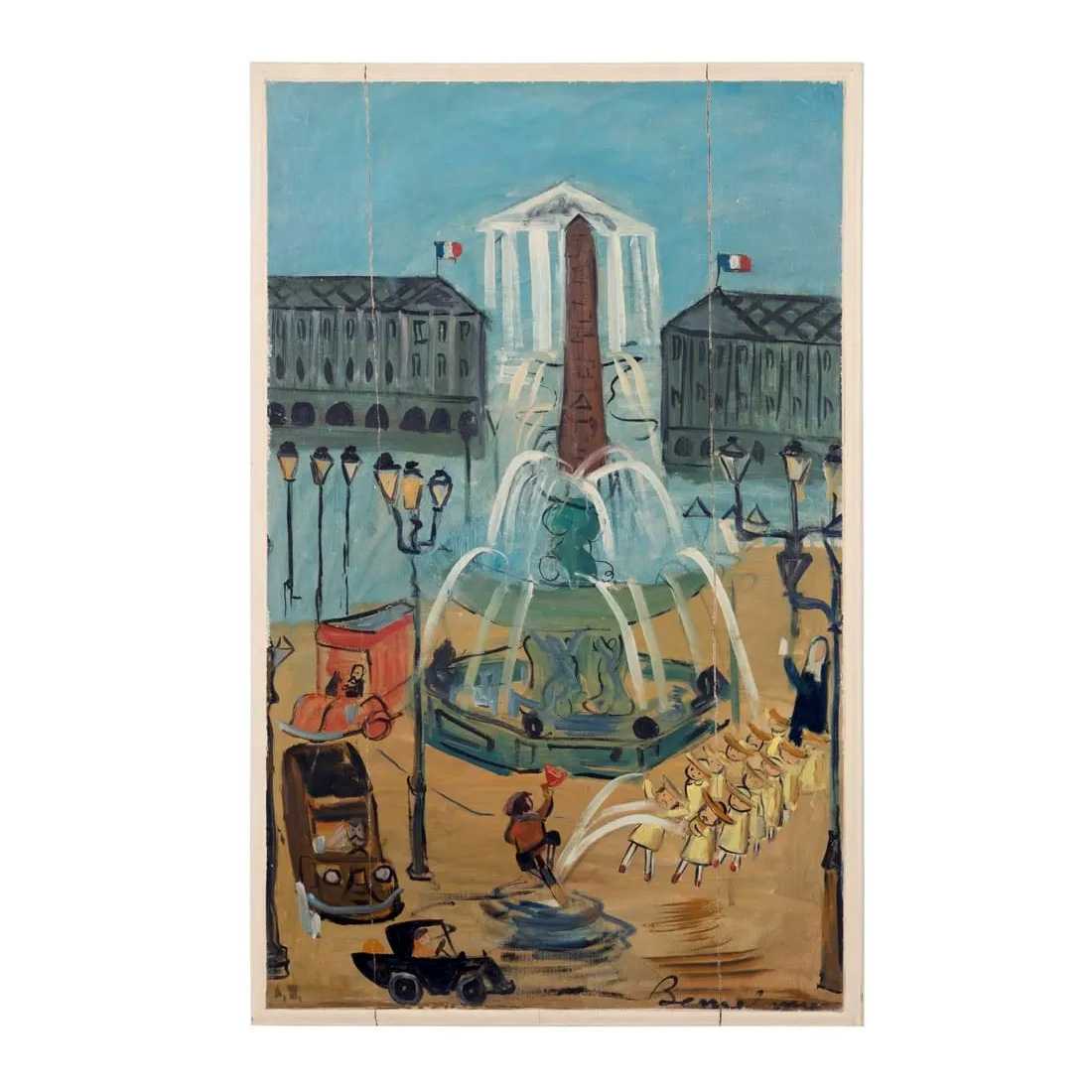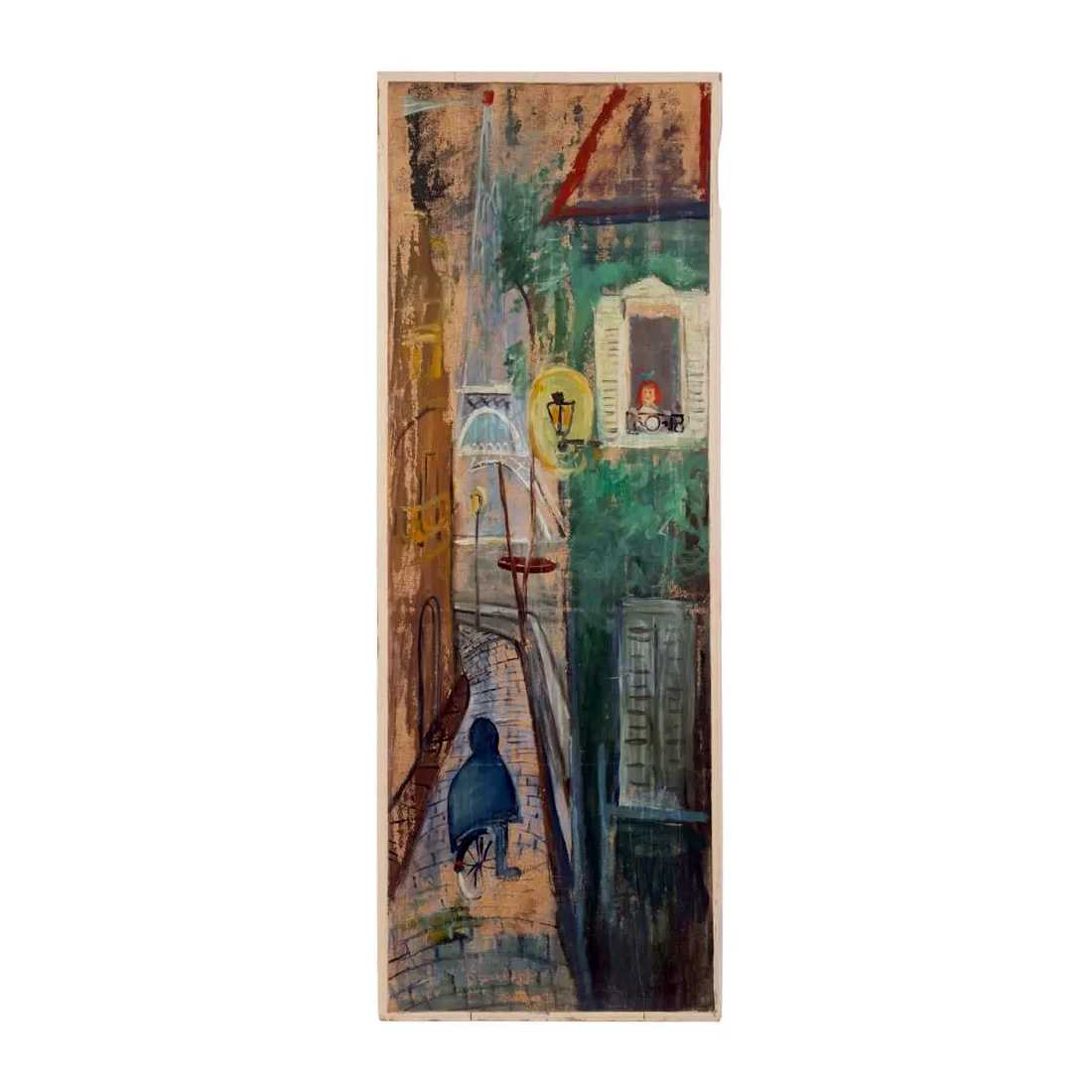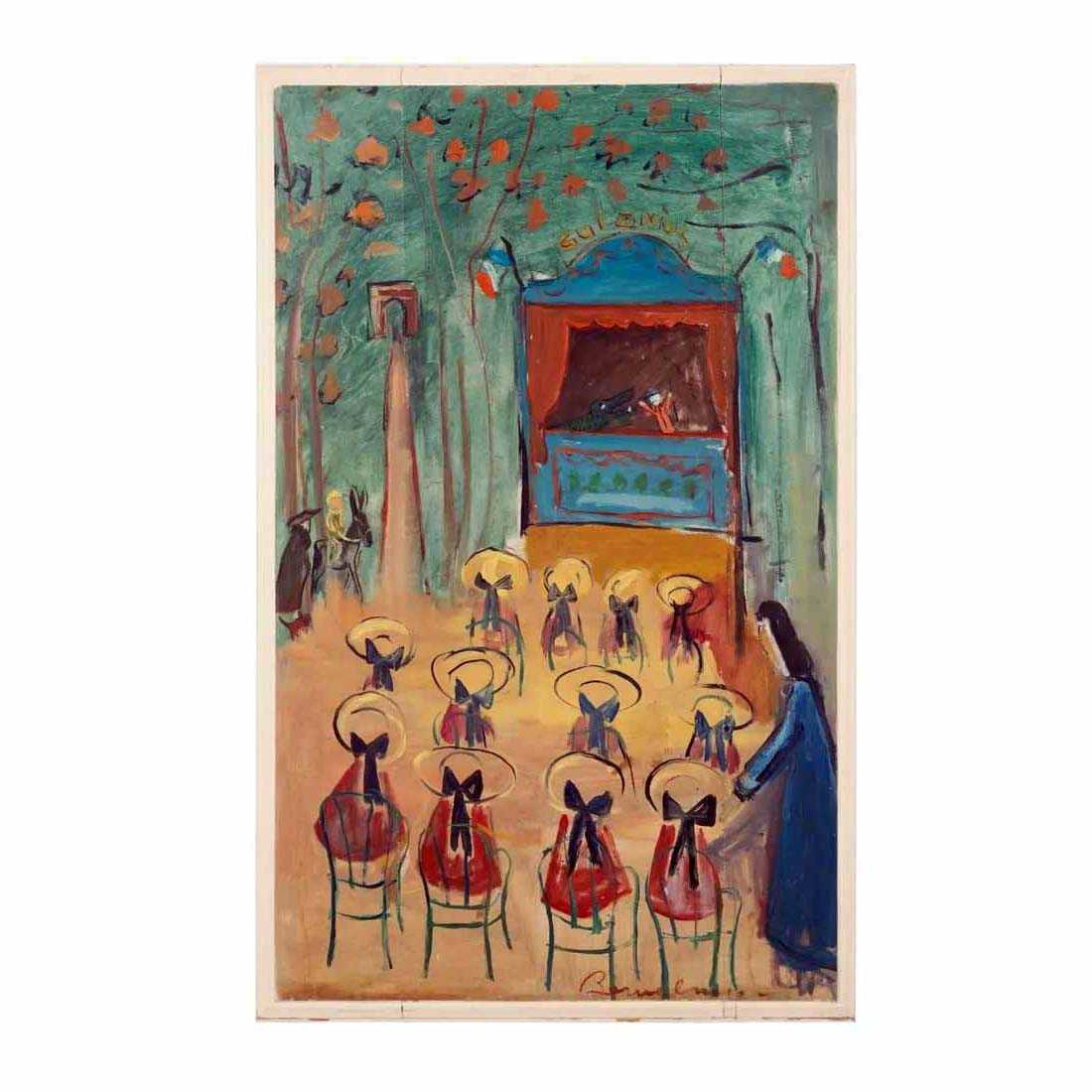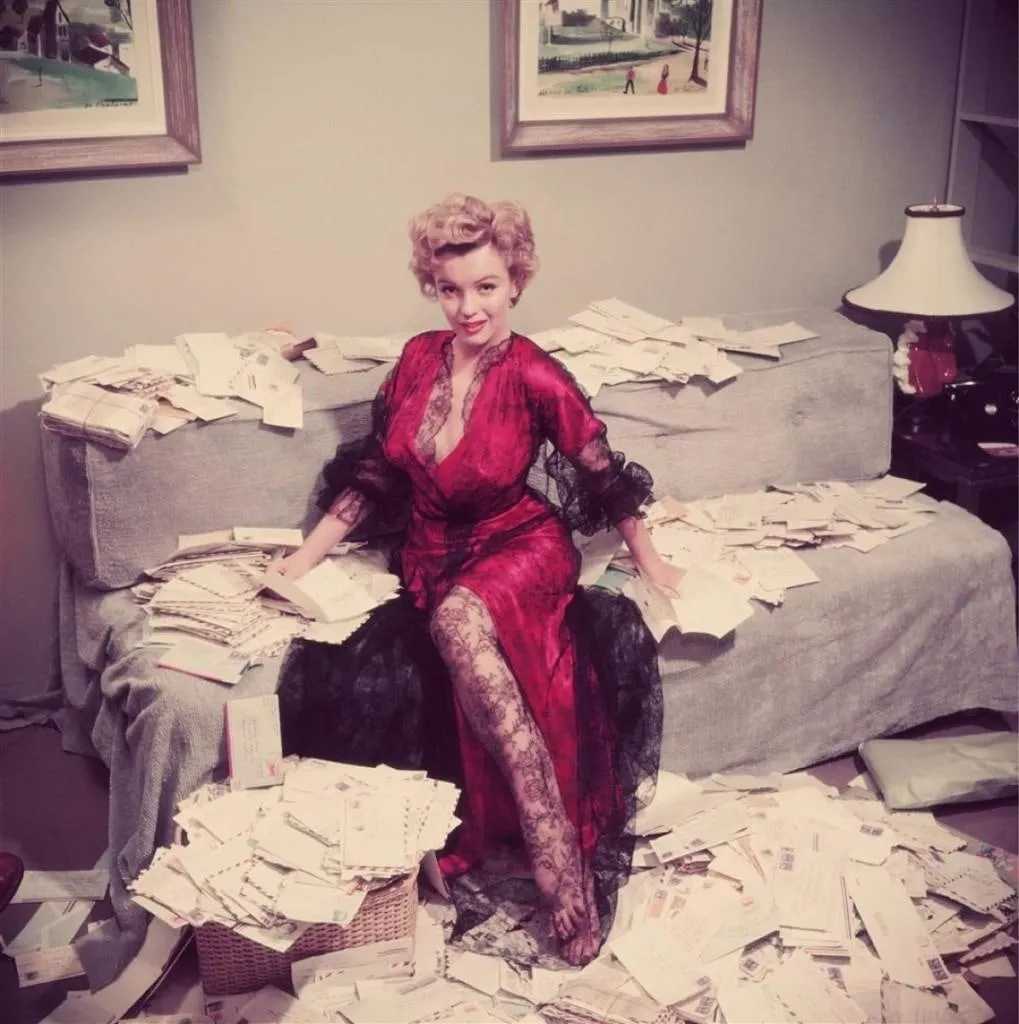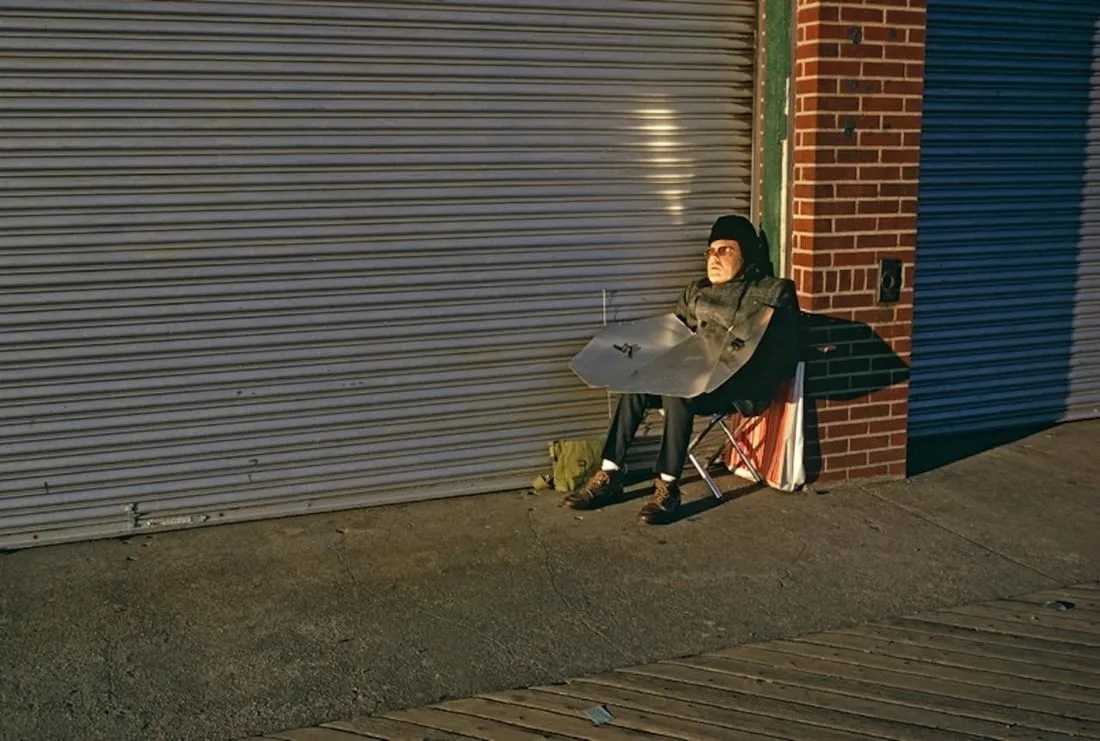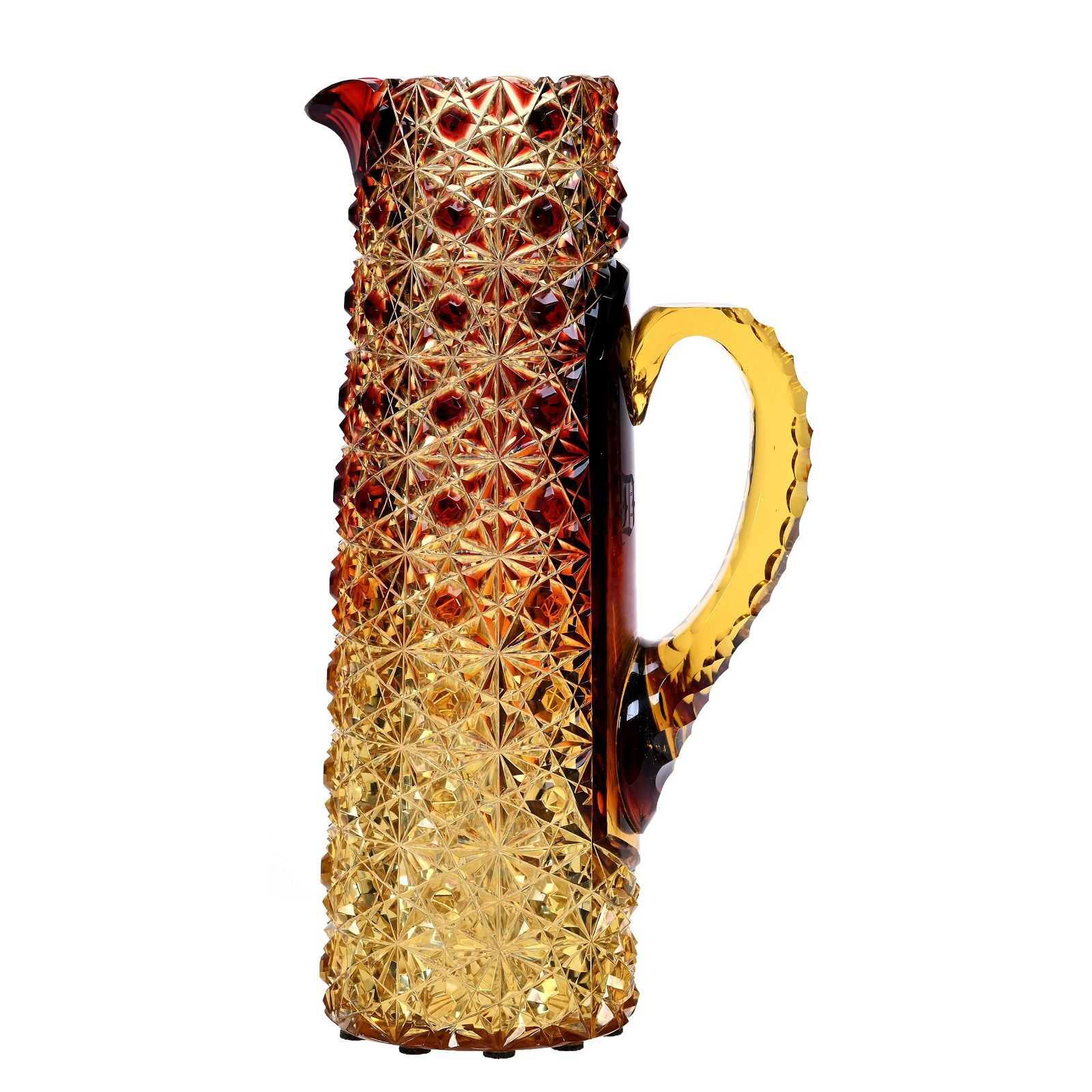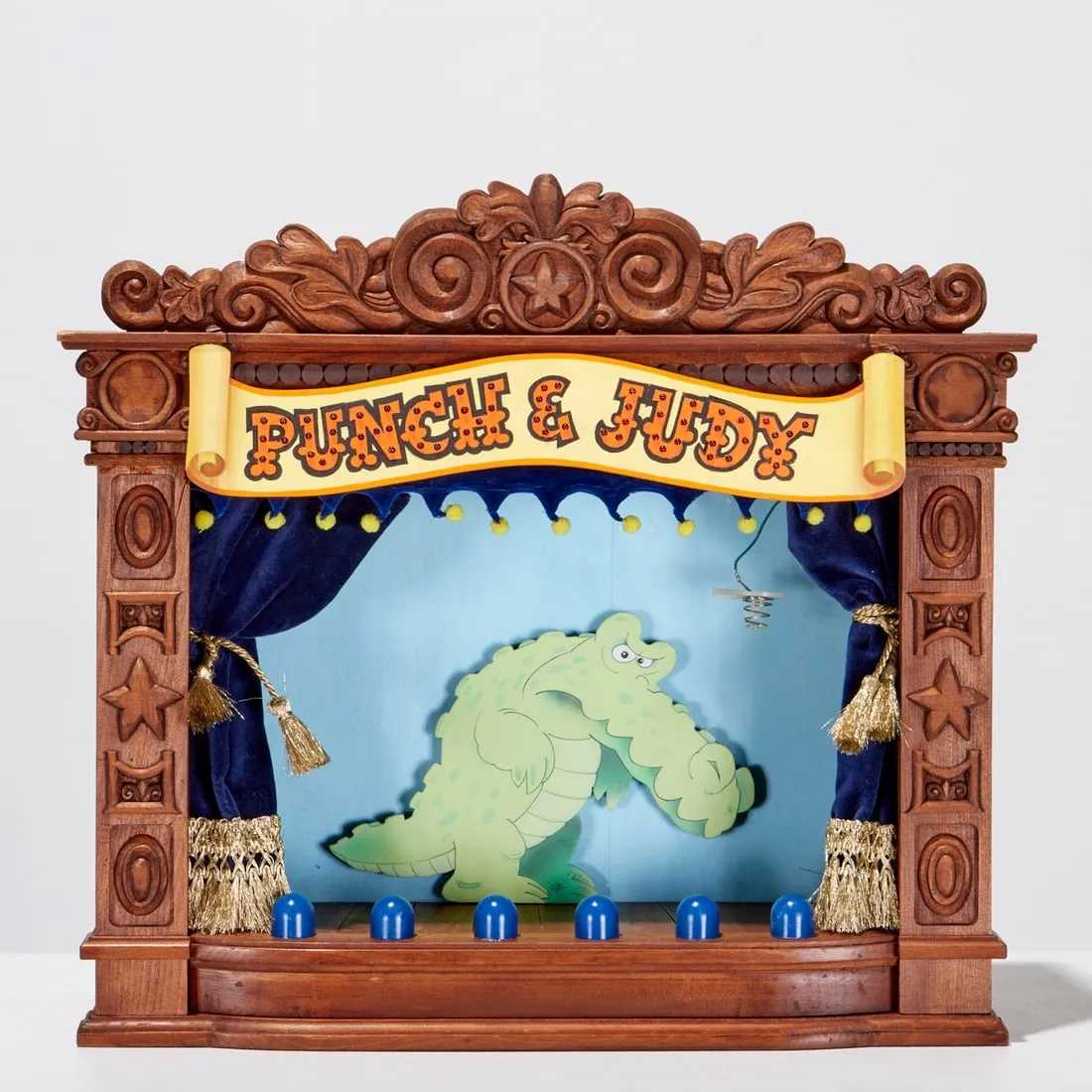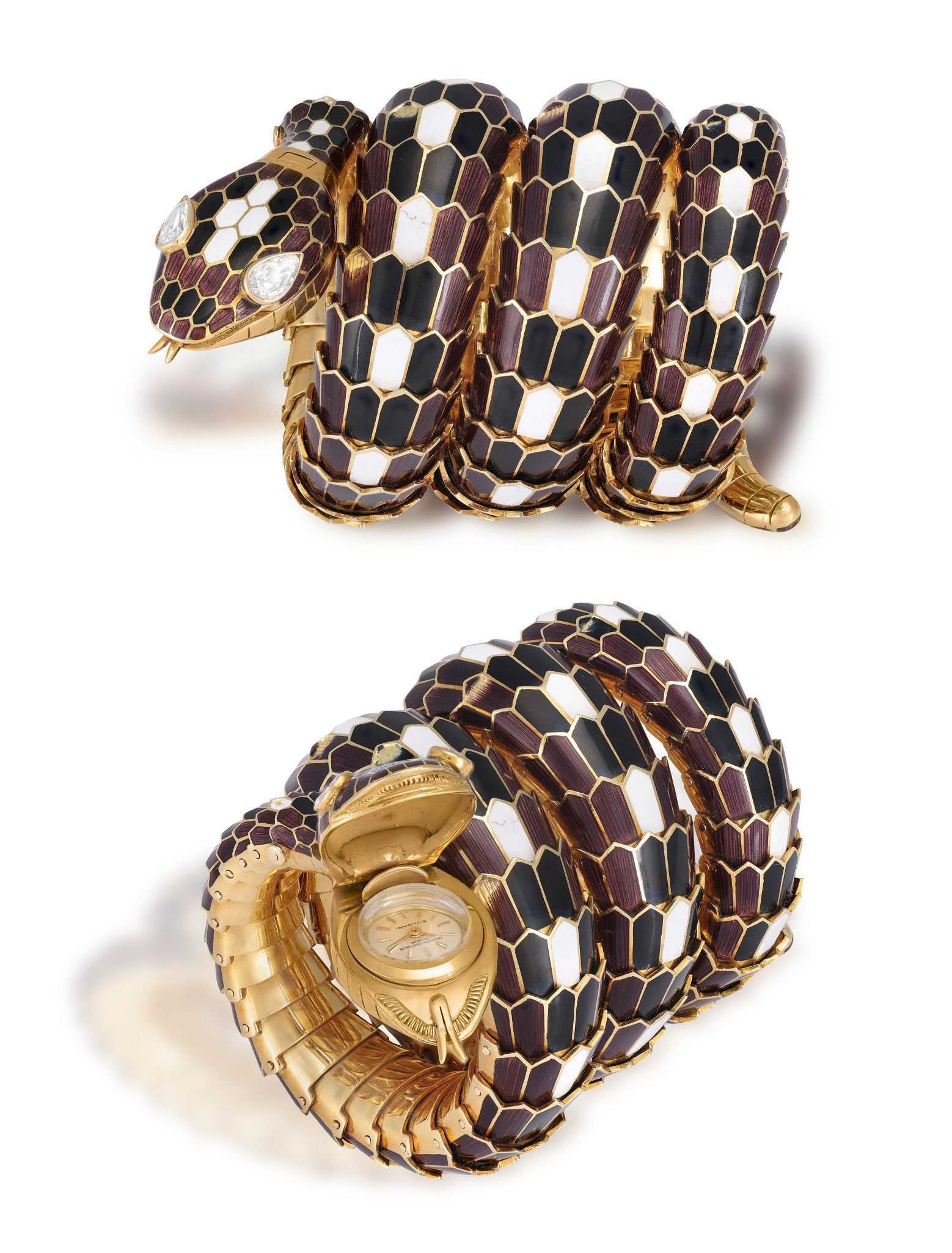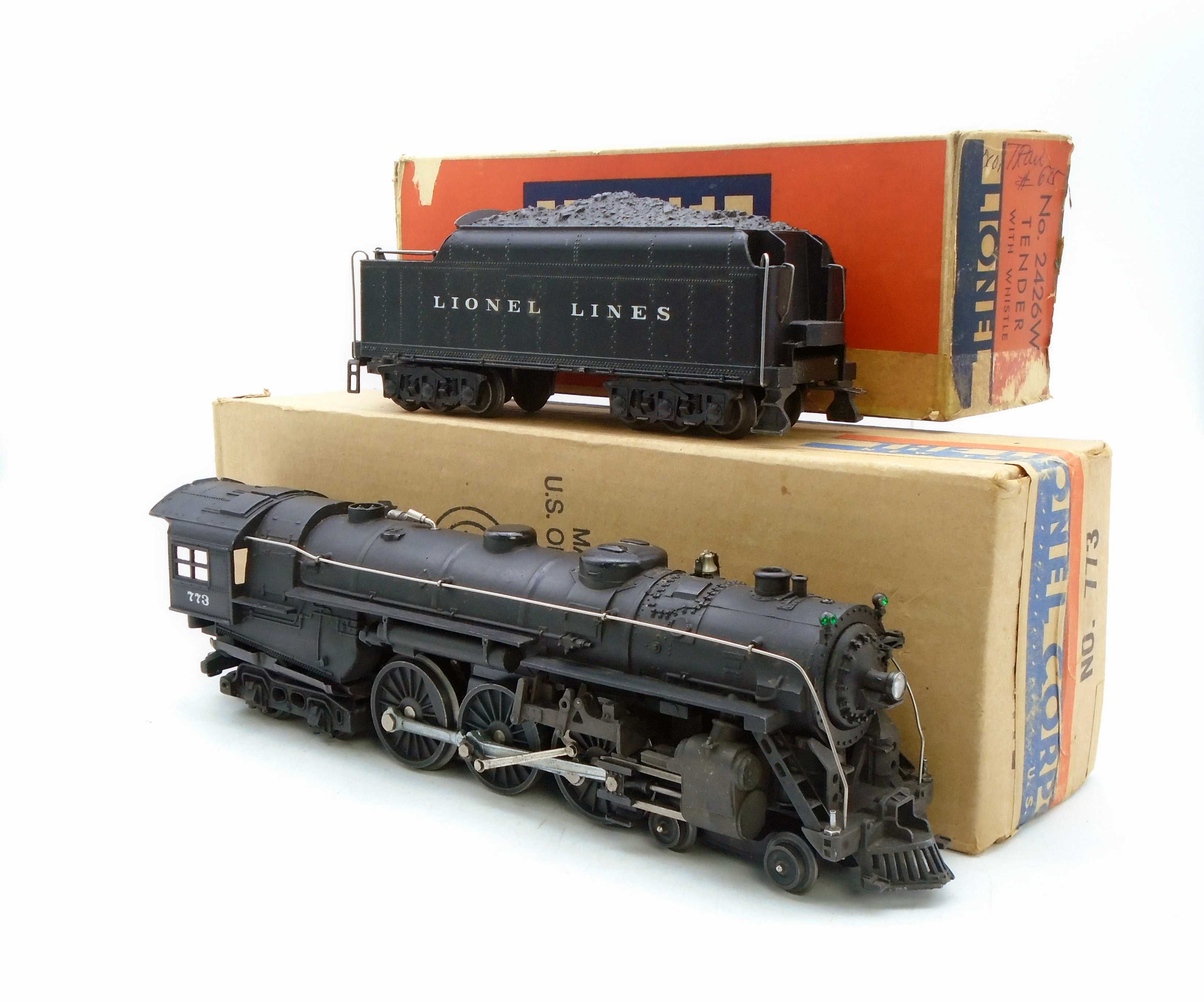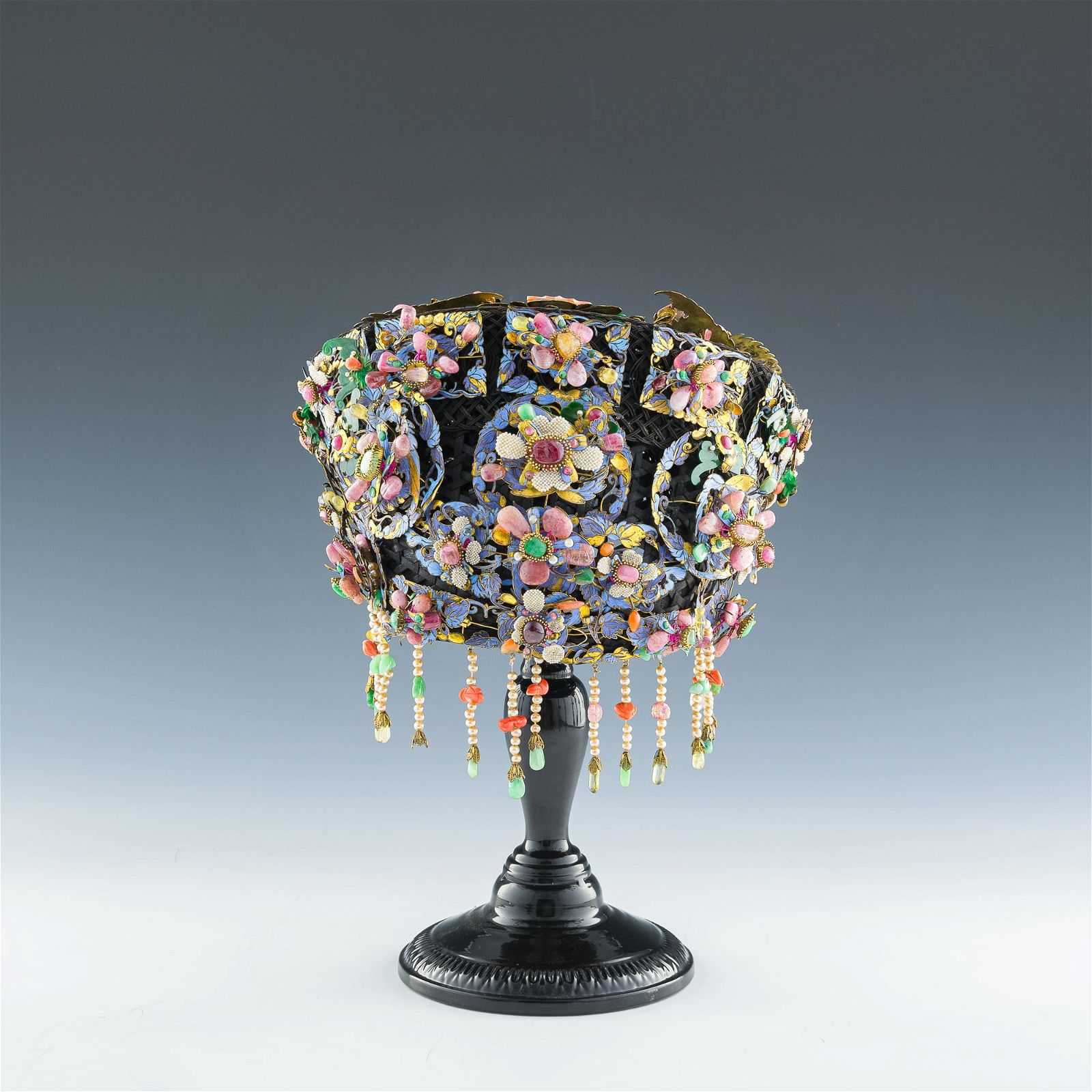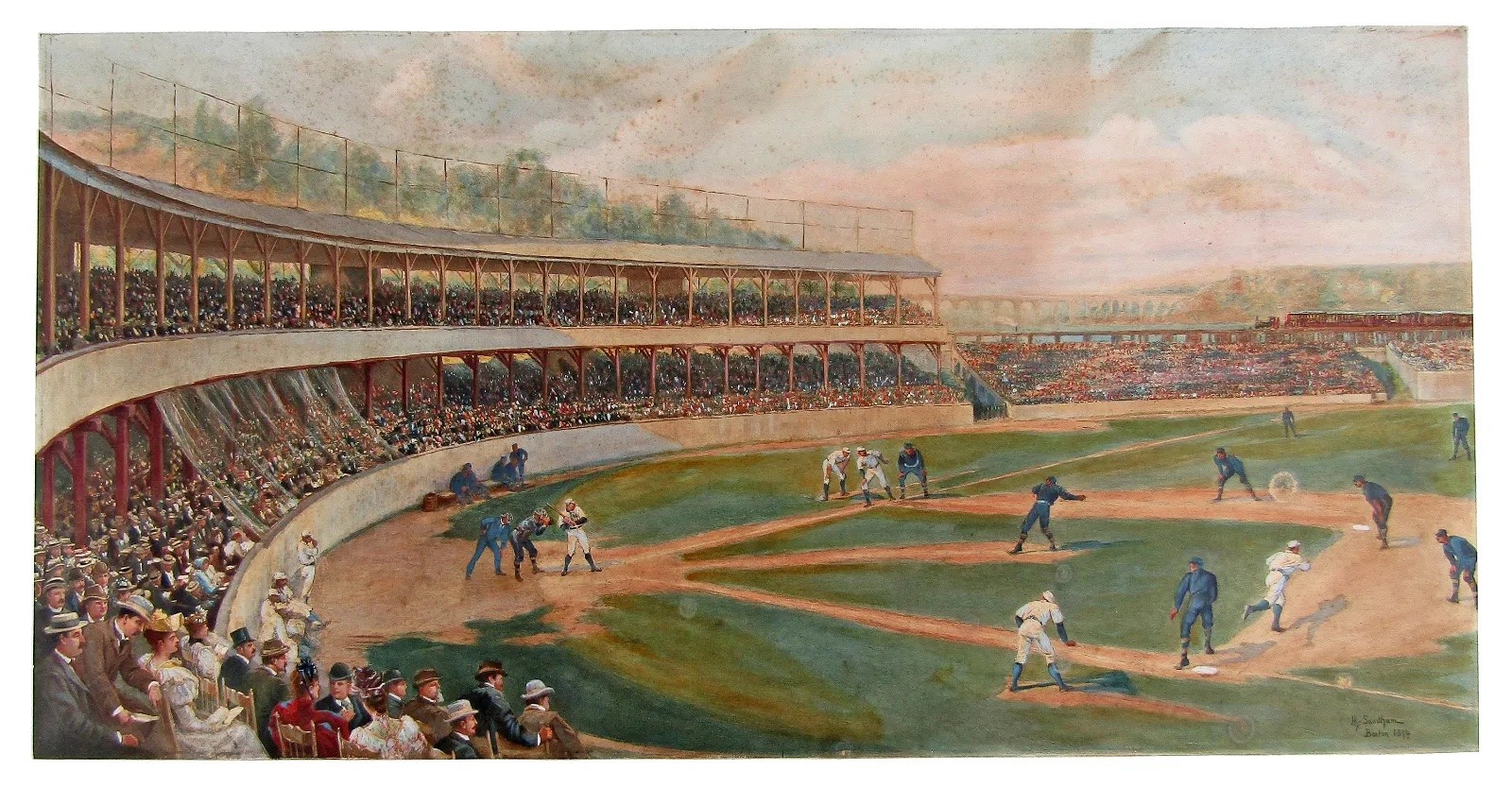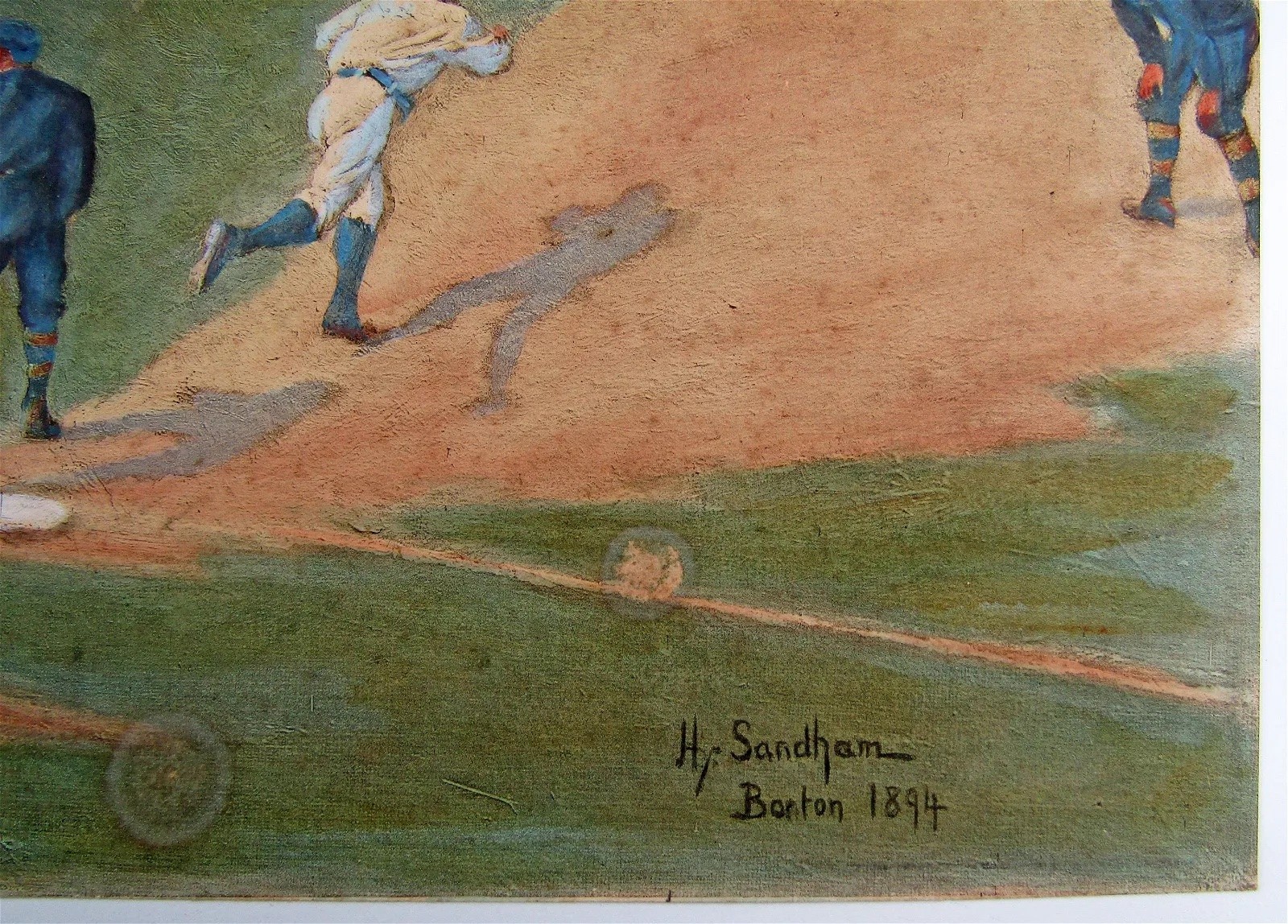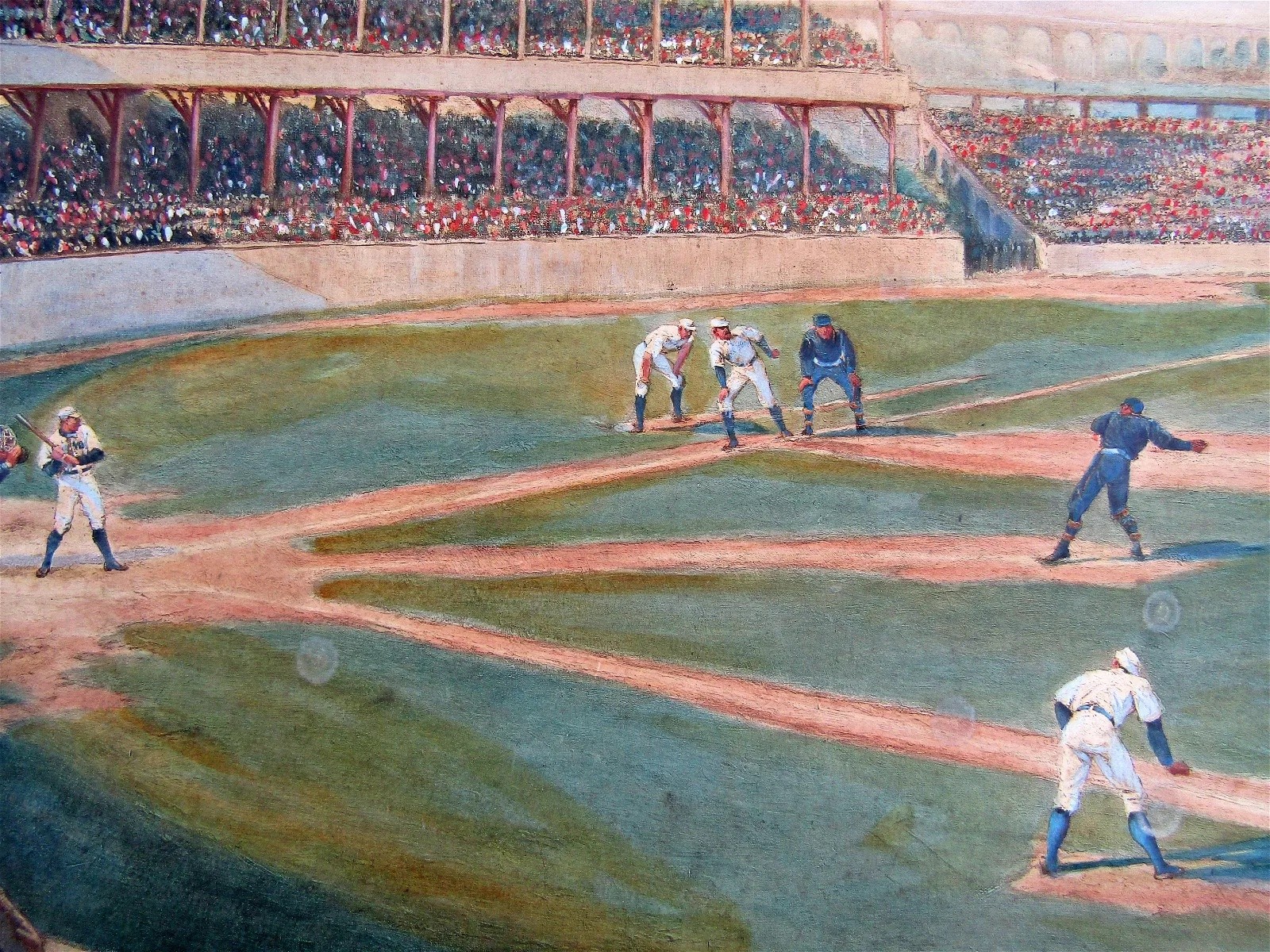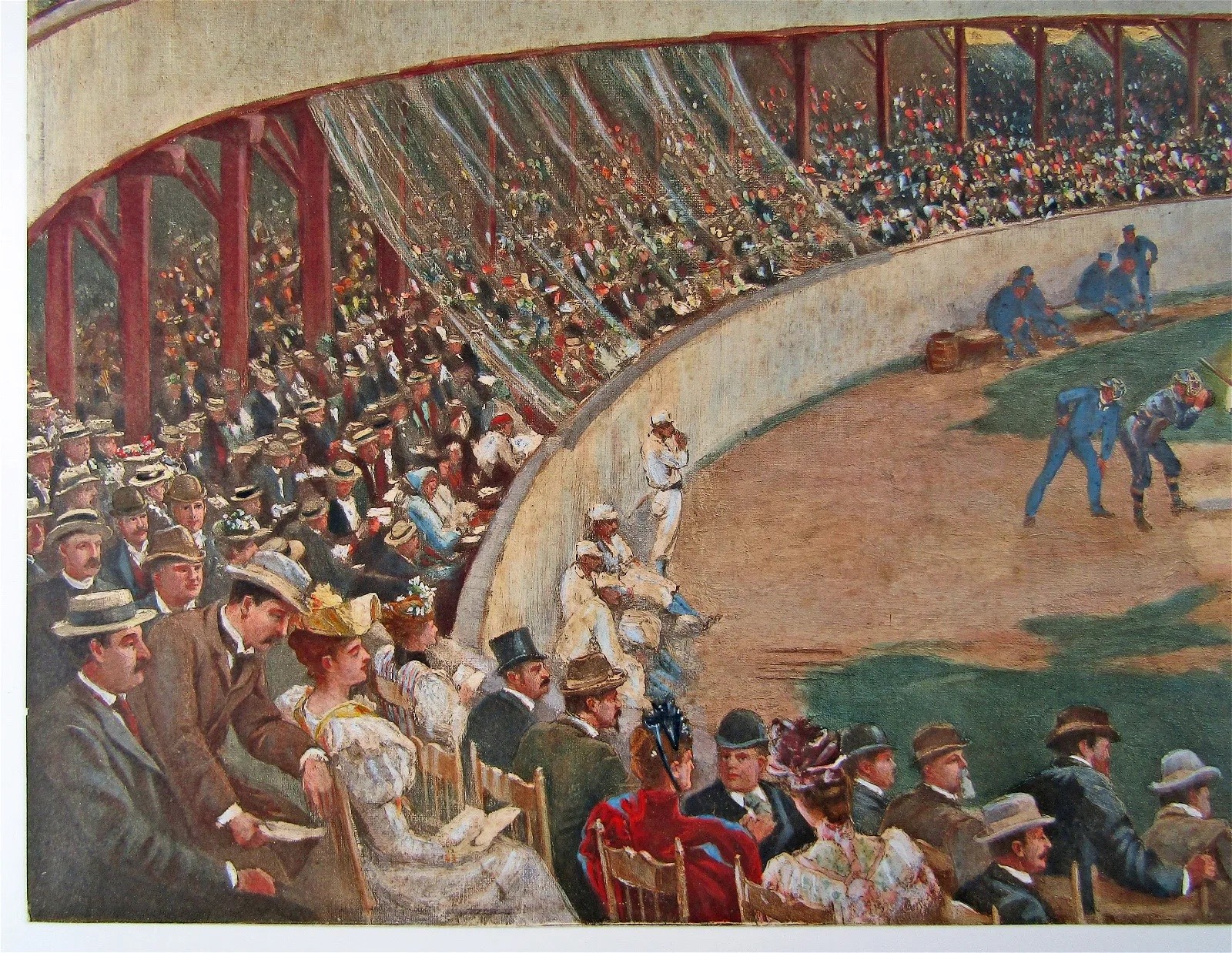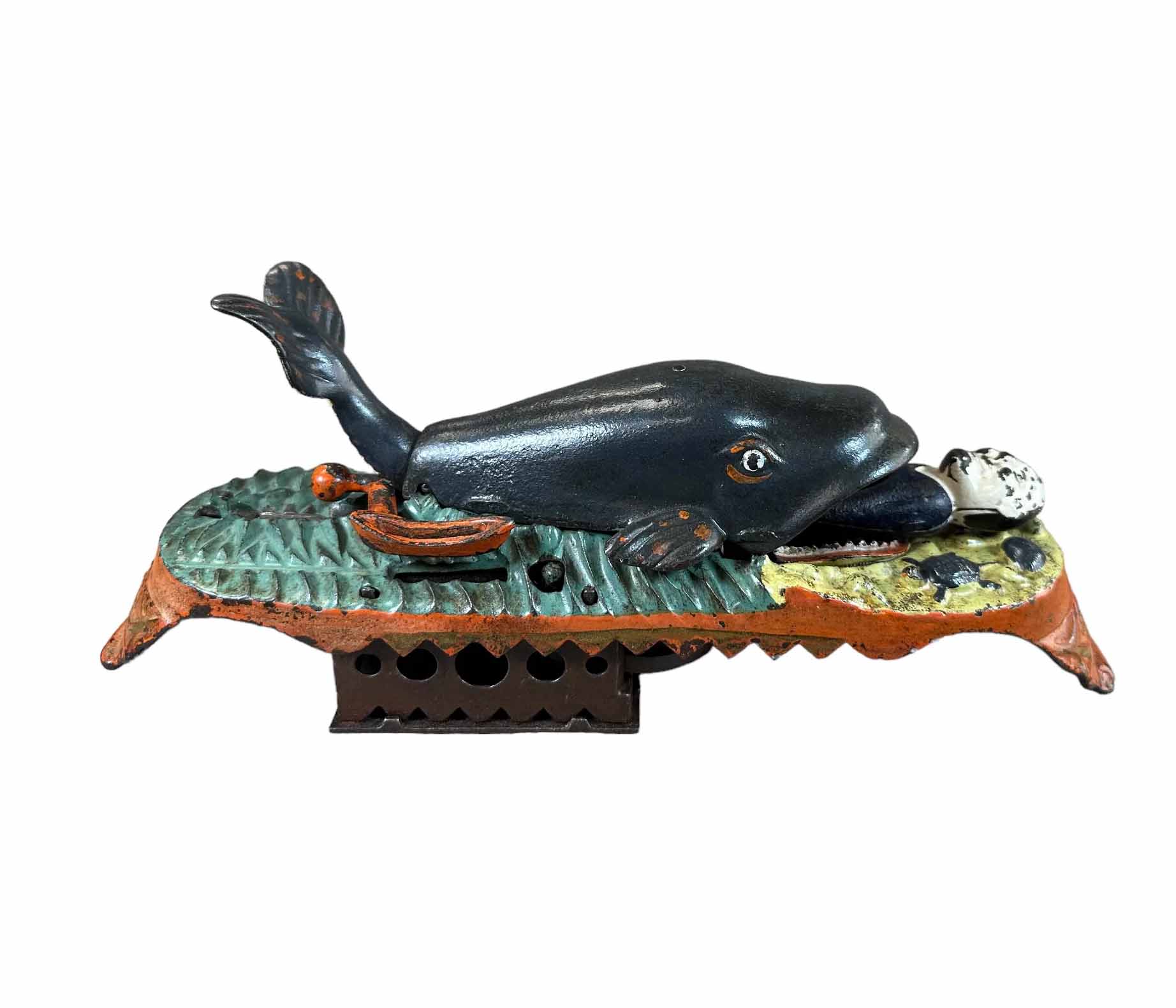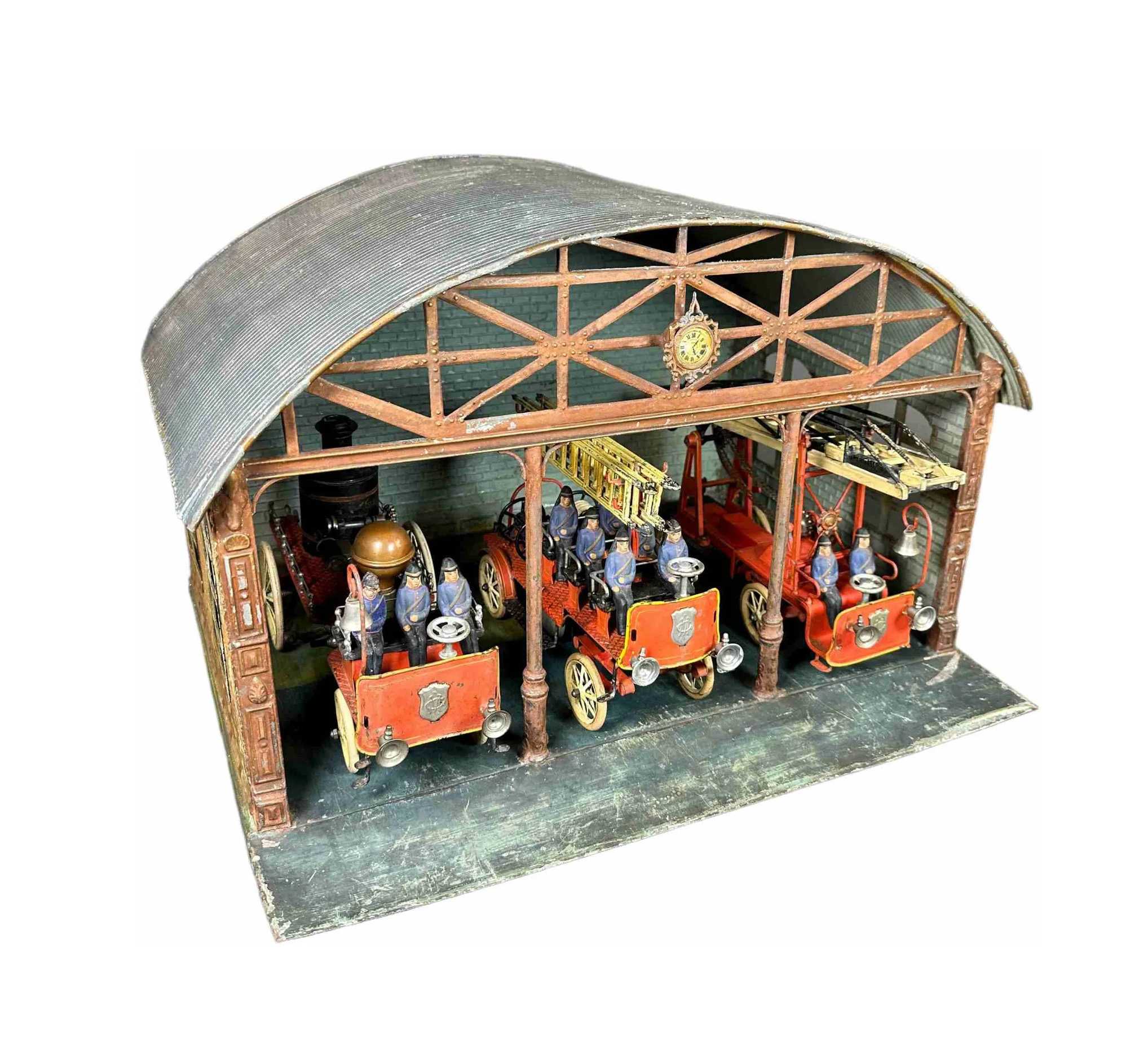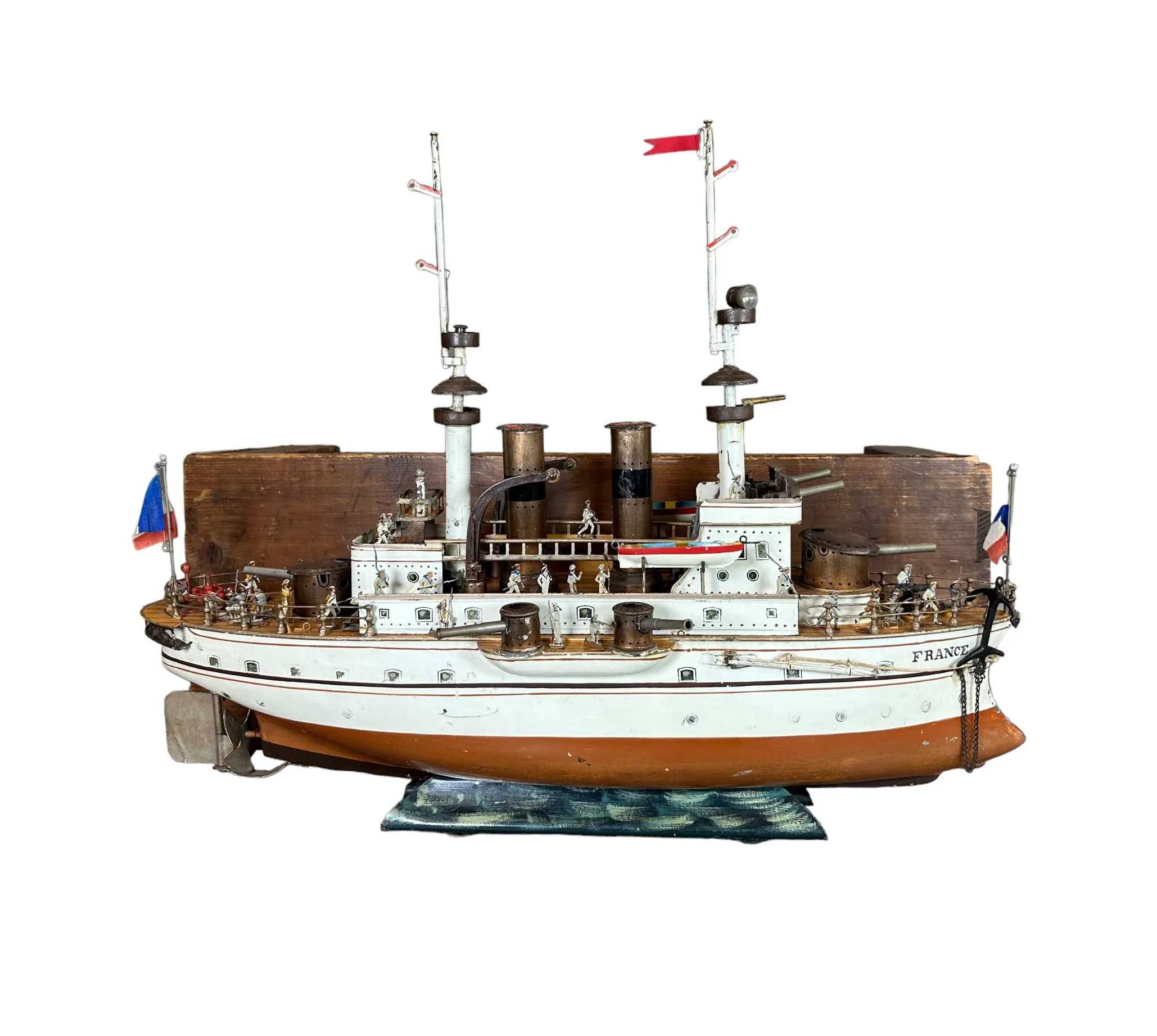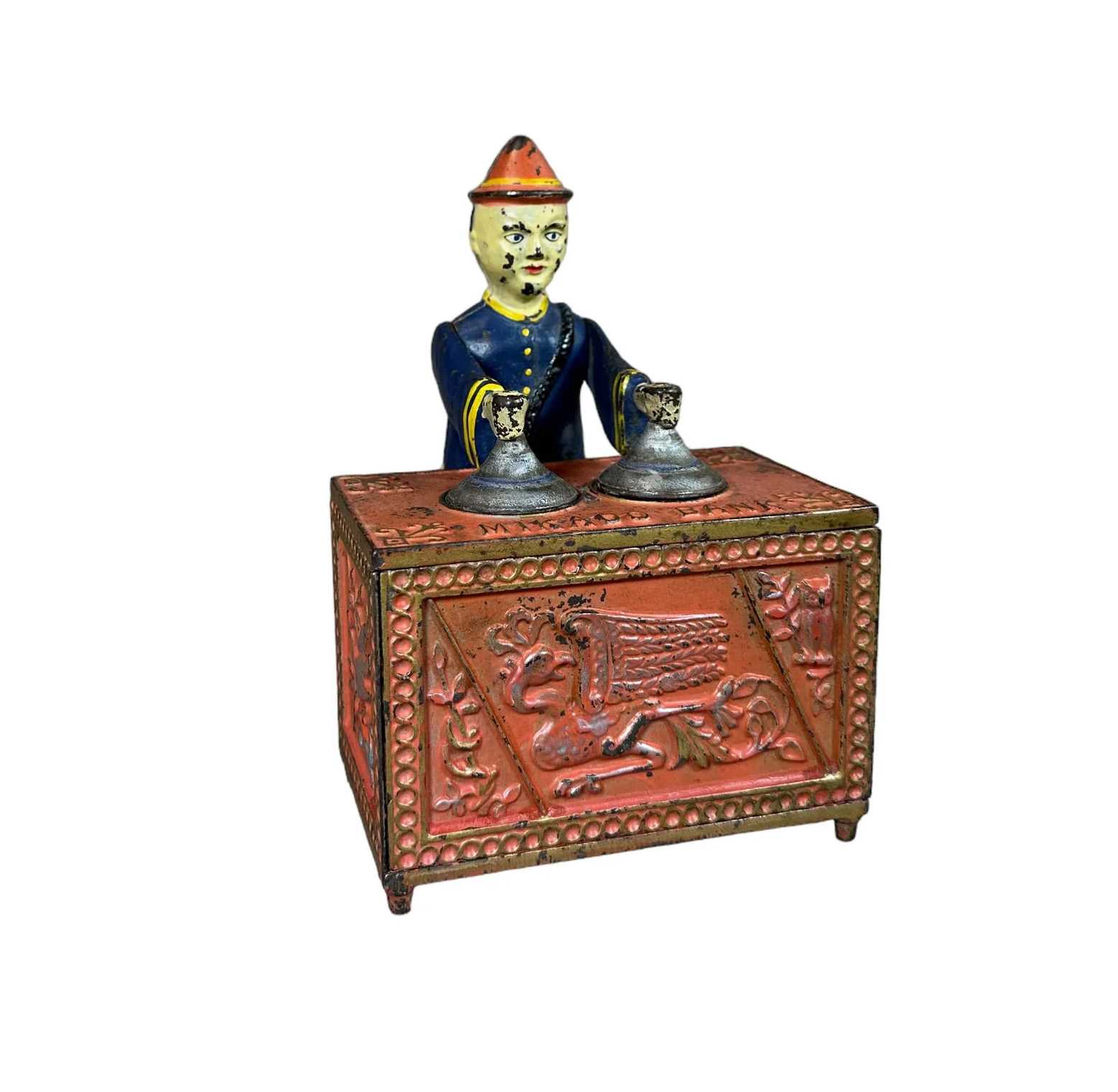LAKE WORTH BEACH, FL — Some time in the early 1960s, Mrs. Barbara Schlang of Palm Beach, Florida made the trek to New York City to the home of famed artists Milton (1885-1965) and Sally Michel Avery (1902-2003).
Sally Michel answered the door, and advised that Milton was not well and was resting. Mrs. Schlang stated she wanted to purchase a piece of art. Sally Michel went into a bedroom, selected Red Rug, and asked “Do you like this one?” Mrs. Schlang did, and departed with the work.
Now some 60 years later, Red Rug emerges from its private collection to cross the block at Palm Beach Modern Auctions Saturday, May 18, as a star lot in its Modern + Contemporary Art, Design & Luxury sale. The 511-lot catalog is ready for review and bidding at LiveAuctioneers.
The 19.25 by 15.25in oil on canvas board is signed and dated to 1958, and had originally been in the artist’s private collection. It comes to market with an estimate of $75,000-$125,000.
Arguably his most famous image, Woman in Chicken Hat was originally photographed by Irving Penn (1917-2009) using his wife Lisa Fonssagrives-Penn as the model in 1948 or 1949. This 26 by 22in platinum-palladium print on aluminum is number 15 from an edition of 20 released in 1983. It is signed by Penn and features a Conde Nast stamp for authenticity. Originally sold by the Hal Katzen Gallery of New York, it is estimated at $70,000-$90,000.


